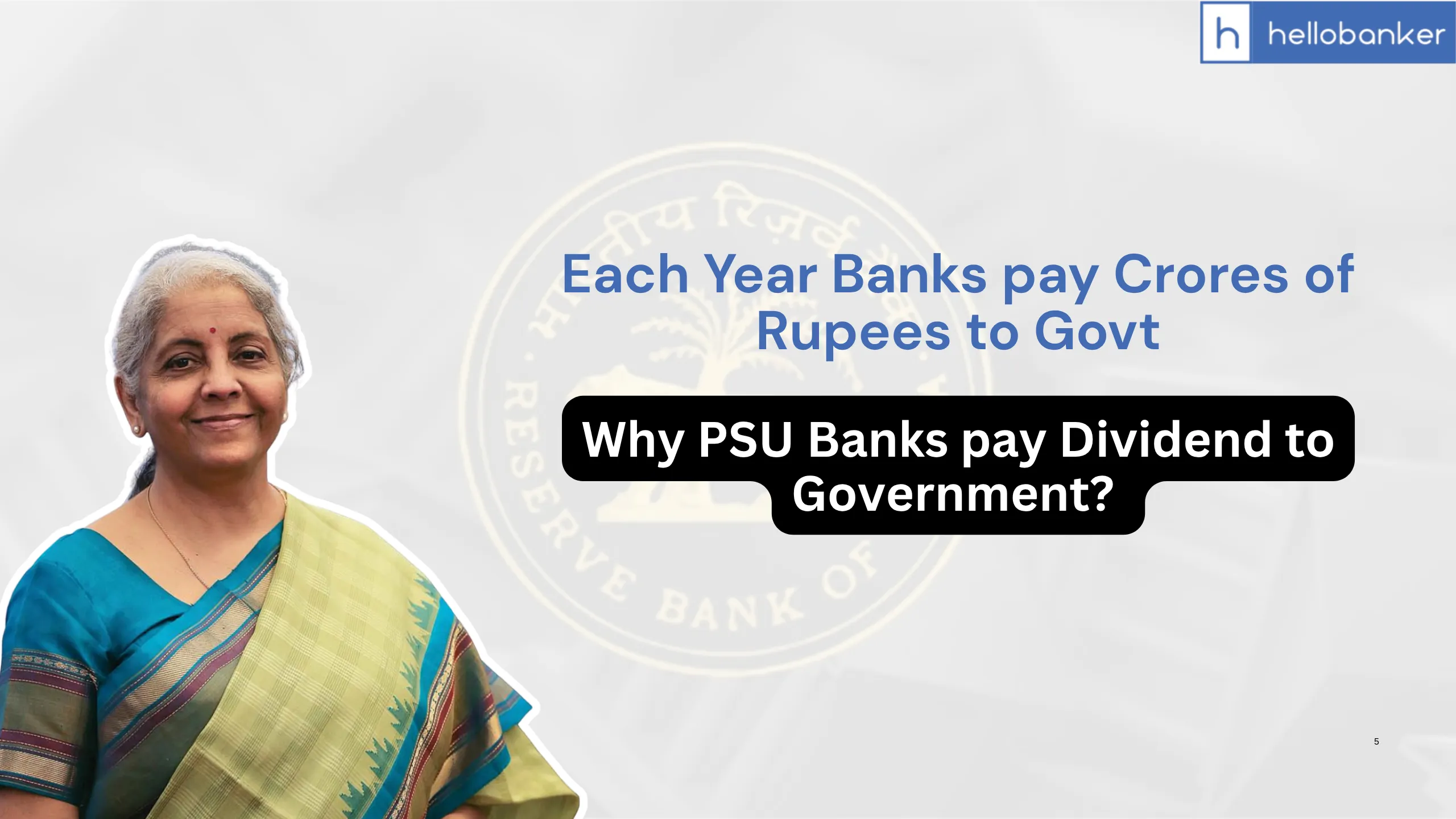Each year, Public Sector Banks in India pay a huge amount to Dividend to the Central Government. But have you thought, why Banks pay dividend to the Government. Today, in this article, we will try to understand this.
Why Public Sector Banks pay Dividend to Govt?
Public Sector Banks (PSU banks) in India pay dividends to the government because the Government of India is the majority shareholder in these banks.
How Dividend is Calculated?
Suppose State Bank of India earns a profit of ₹10,000 crore in a financial year.
Now, out of this ₹10,000 crore, the bank doesn’t give the entire amount as dividend. It usually keeps a part of the profit for reserves, future investments, or to maintain financial strength. Only a portion is shared with shareholders as dividend.
Bank decides to declare a dividend of 20%. This 20% is not on the profit — it is 20% of the face value of each share. Suppose bank shares have a face value of ₹10. A 20% dividend means ₹2 per share (20% of ₹10). Now let’s say the bank has issued 100 crore shares. At ₹2 per share, the total dividend payout = 100 crore shares × ₹2 = ₹200 crore. This is the total amount Bank will distribute to all its shareholders together.
Let’s assume the Government holds 83% of Union Bank’s shares. So, out of 100 crore shares, the government owns 83 crore shares. Government’s dividend = 83 crore shares × ₹2 = ₹166 crore.
| Element | Amount |
|---|---|
| Total Profit | ₹10,000 crore |
| Dividend Declared | 20% = ₹2 per share |
| Total Shares | 100 crore |
| Total Dividend Paid | ₹200 crore |
| Govt. Holding (83%) | 83 crore shares |
| Govt. Dividend Received | ₹166 crore |

